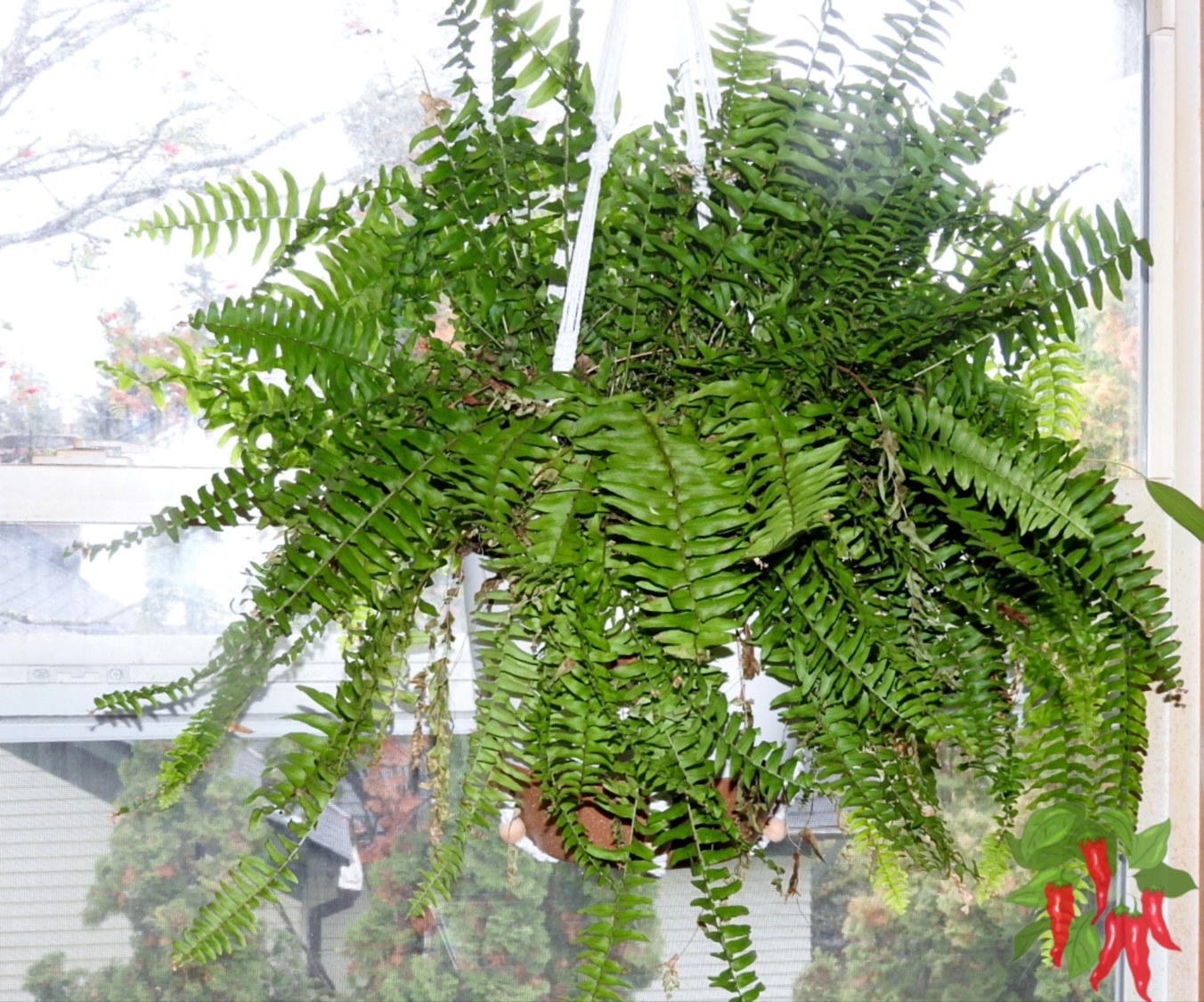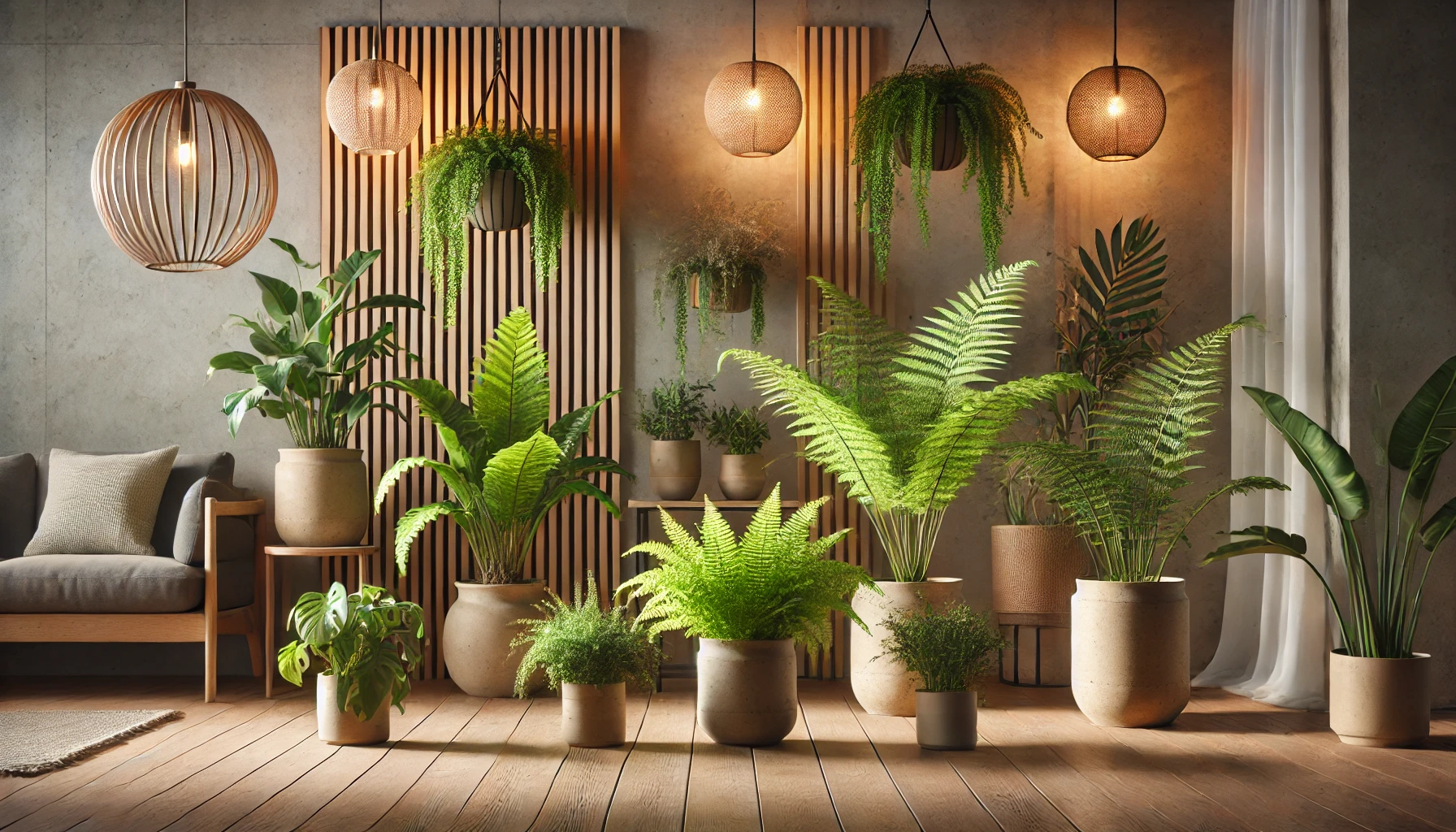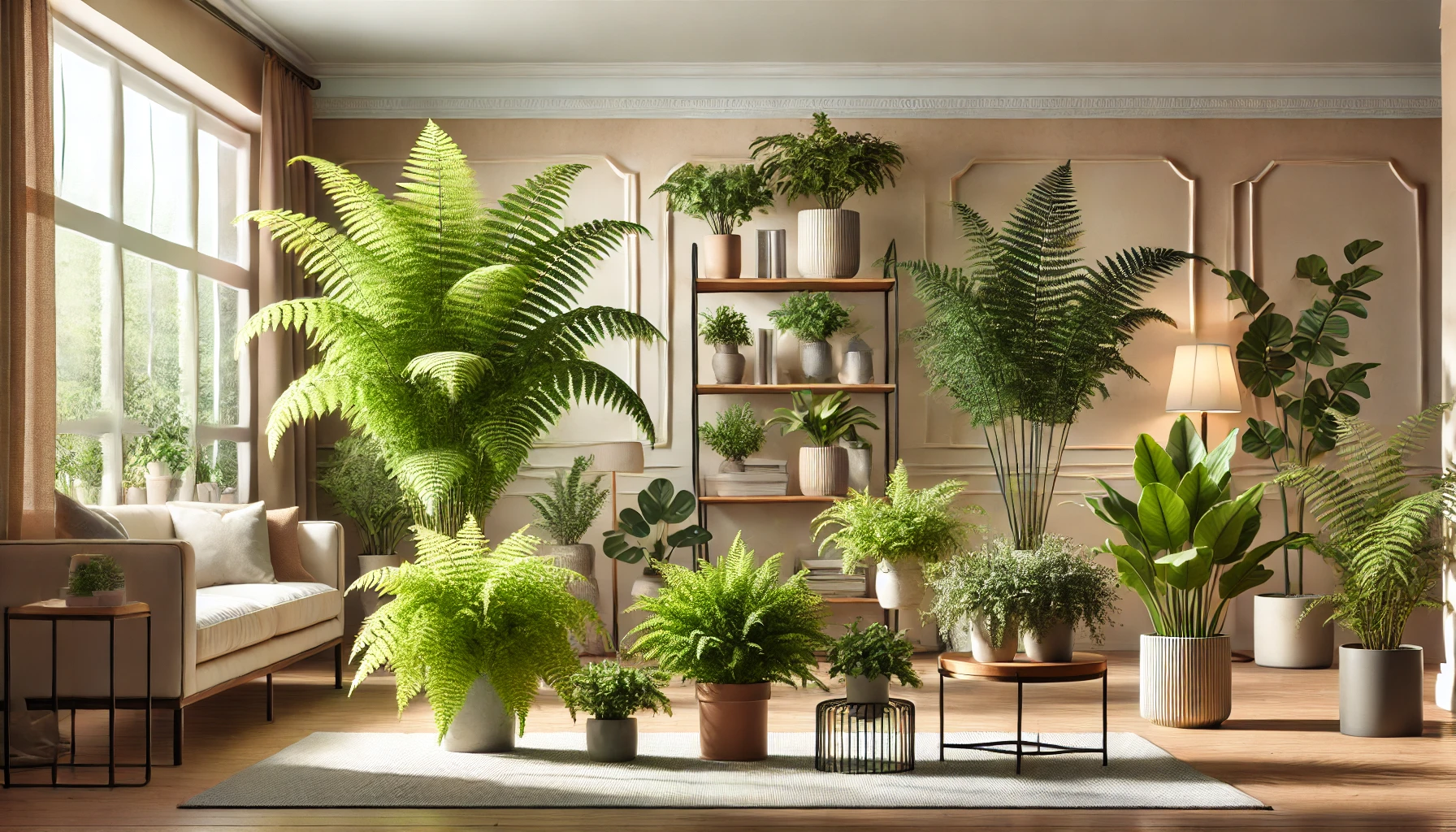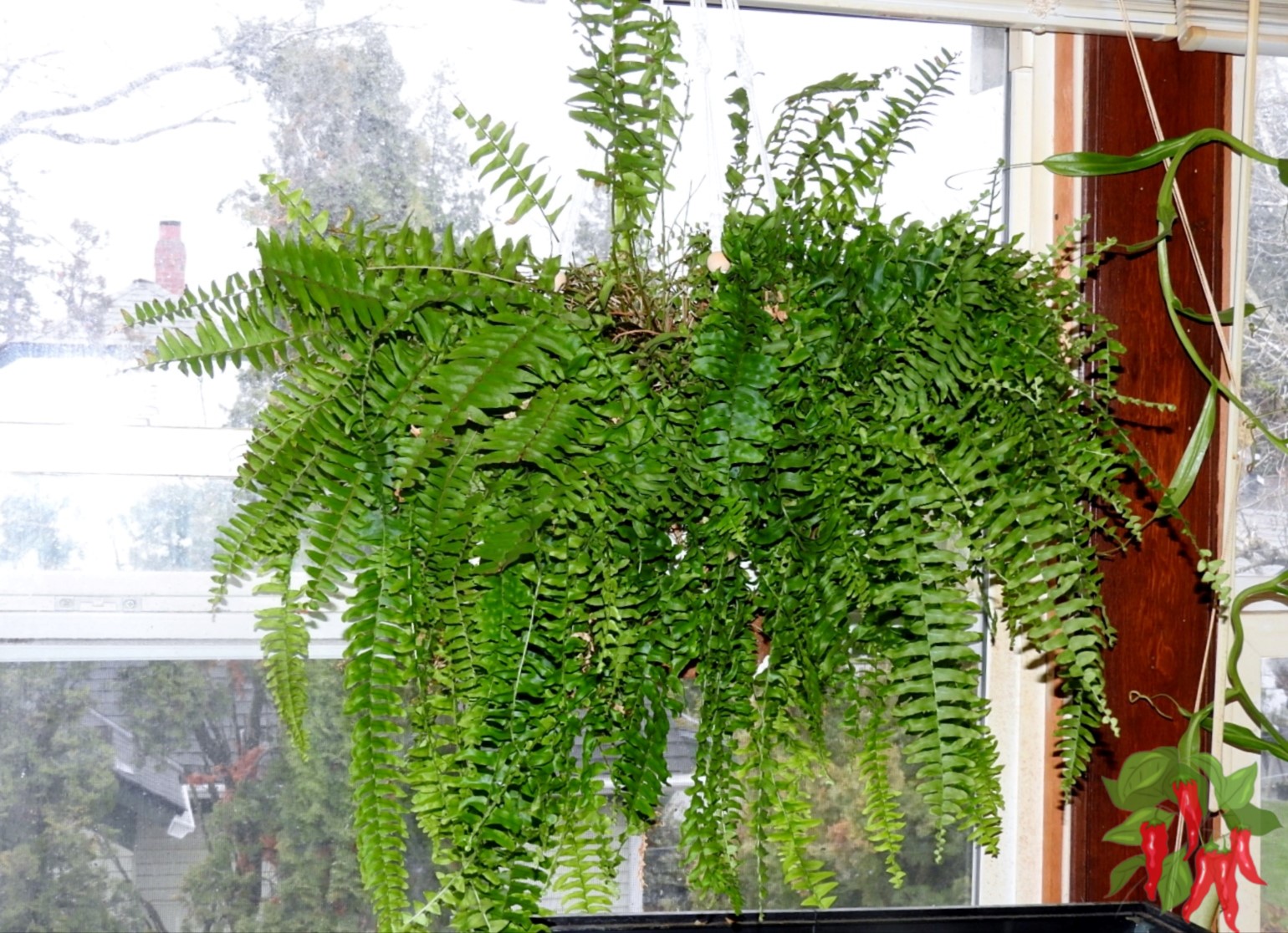This post contains affiliate links. If you buy something from one of our links we may earn a commission. Thanks
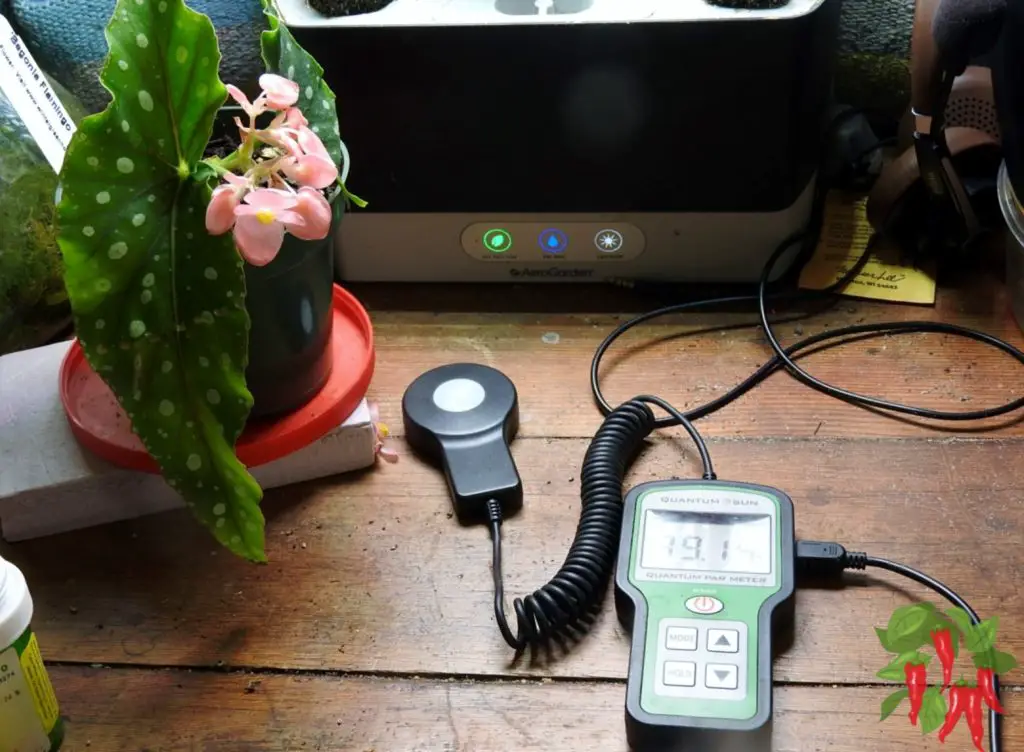
How to Measure Light Levels for Indoor Plants
Ever noticed your plants looking sad or struggling to grow? The secret to happy, thriving indoor plants is often in the light.
How to Measure Light Levels for Indoor Plants can seem tricky, but it’s easier than you think!
Let’s explore some simple ways to check if your green friends are getting the glow they need.
Measuring Light Levels for Indoor Plants Key Takeaways
- To Measure Light Levels for Indoor Plants:
- Use a light meter or smartphone app to measure foot-candles or lux at plant level.
- For a quick estimate, try the hand shadow test.
- Check light levels at different times of day and adjust plant placement or add grow lights as needed.
- Proper light measurement helps ensure healthy plant growth.
Why Light Matters for Your Plants
Just like us, plants need the right amount of light to stay healthy. Think of light as food for plants – they use it to make their own energy through a process called photosynthesis.
But here’s the thing: not all plants like the same amount of light. Some plants love basking in bright sunlight, while others prefer a shadier spot.
You might think a room looks bright to you, but your plants might disagree! Our eyes are great at adjusting to different light levels, but plants aren’t as flexible.
That’s why it’s super important to measure the light in your space. It helps you figure out which plants will be happiest in different spots around your home.
Easy Ways to Check Your Light Levels
1. The Hand Shadow Test
This is a quick and free way to get an idea of your light levels:
- Hold your hand about 12 inches from a wall or piece of paper.
- Look at the shadow your hand makes:
- If you see a sharp, clear shadow, you’ve got bright light.
- If the shadow is a bit fuzzy but still visible, that’s medium light.
- If you can barely see a shadow or there’s no shadow at all, you’re dealing with low light.
This test is super easy, but remember that the light can change depending on the time of day and season.
2. Light Meter Apps
Got a smartphone? There’s an app for that! Light meter apps can give you a more accurate reading:
Try apps like “Lux Light Meter,” “Light Meter,” or “Photone.”
To use them:
1. Download the app.
2. Hold your phone with the camera facing the light source.
3. Take readings at different times of the day and in different weather.
These apps are handy and often free, but they might not be as accurate as fancy equipment.
3. Professional Light Meters

Light Meter Digital Illuminance Meter Handheld Ambient Temperature Measurer, Range up to 200,000 Lux, Luxmeter with 4 Digit Color LCD Screen
If you’re really serious about your plants, you might want to invest in a professional light meter.
These are the tools that photographers and plant experts use. They measure light in units called foot-candles (fc) or lux.
Here’s a quick guide to what those numbers mean for plants:
- Low light: 25-100 fc (250-1000 lux)
- Medium light: 100-250 fc (1000-2500 lux)
- Bright, indirect light: 250-1000 fc (2500-10,000 lux)
- Direct sunlight: 1000+ fc (10,000+ lux)
4. PAR Meters
 Quantum PAR Meter Full-Spectrum High Precision PPFD Tester for Photosynthetic Activity of Indoor and Outdoor Plants 400-700nm Light Lux Tester
Quantum PAR Meter Full-Spectrum High Precision PPFD Tester for Photosynthetic Activity of Indoor and Outdoor Plants 400-700nm Light Lux Tester
For the plant fanatics out there, PAR meters are the top-of-the-line choice. They measure the exact kind of light that plants use for growing.
The readings are in a unit called μmol/m²/s (don’t worry about pronouncing it!).
Other Ways to Understand Your Light:
5. The North Star Method
Figuring out which direction your windows face can tell you a lot:
- North-facing windows: These get the least light but it’s steady throughout the day.
- East-facing: Bright in the morning, less intense in the afternoon.
- South-facing: These get the most light all day long.
- West-facing: Indirect light in the morning, strong light in the afternoon.
This method helps you guess where plants might be happy, but it doesn’t account for things like trees or buildings that might block light.
6. Look for Clues
Your home can give you hints about its light levels:
- See algae growing outside? That spot’s probably pretty shady and damp.
- Notice which outdoor plants are thriving near your windows.
- Faded curtains or carpets? That area might get intense direct light.
7. Track How Long Areas Get Light
Pay attention to how long different spots in your home are sunny:
- You can use a sunlight calculator or just watch and take notes.
- Remember, it’s not just about how long an area gets light, but also how strong that light is.
8. Don’t Forget About Seasons
Light changes a lot between summer and winter:
- Take light readings in different seasons, especially winter and summer.
- Be ready to move your plants as the seasons change.
9. Make a Light Map
Draw a simple map of your home:
- Mark where the windows are and which way they face.
- Note the light levels in different areas using one of the methods we talked about.
- Update your map with each season for a full picture of your home’s light.
10. Tips for Getting It Right
- Measure the light where your plant will actually sit, not just by the window.
- Check the light at different times of day (morning, noon, afternoon).
- Think about things that might block light, like curtains or trees outside.
- Remember that mirrors and light-colored walls can make a space brighter.
11. Matching Plants to Your Light
Now that you know your light levels, here are some plants that might work well:
Indoor light levels can vary significantly depending on the location and type of lighting. Here are some typical indoor light levels measured in foot-candles:
- Bright sunlight Succulents and cacti have slightly different light requirements:
- Succulents: Thrive best with 3,000 to 4,000 foot-candles.
- Cacti: Prefer a bit more light, around 4,000 to 5,000 foot-candles.
These light levels help ensure that your plants get enough energy for photosynthesis without getting sunburned.
If you’re growing them indoors, placing them near a south-facing window or using grow lights can help achieve these light levels.
- Bright, indirect light: Around 1,000 to 2,000 foot-candles1. This is ideal for many houseplants, including Philodendrons and Calatheas.
- Medium light: Approximately 500 to 1,000 foot-candles2. Suitable for plants like Pothos and Peace Lilies.
- Low light: Generally 50 to 500 foot-candles2. This level is often found in rooms with north-facing windows or areas far from windows, and is suitable for low-light plants like Snake Plants and ZZ Plants.
Measuring Light Levels for Indoor Plants FAQs
You’ve learned a lot about measuring light for your indoor plants, but you might still have some questions. Don’t worry – that’s totally normal!
Here are some common questions people often ask about measuring light levels for their green friends. Let’s dive in and clear up any confusion.
Q: What’s the easiest way to measure light for my indoor plants?
A: The hand shadow test is super simple and doesn’t require any tools. Just hold your hand about a foot from a wall or paper and check out the shadow. A crisp shadow means bright light, a fuzzy one is medium light, and barely any shadow means low light.
Q: Can I really use my phone to measure light for plants?
A: Yep! There are apps like “Lux Light Meter” or “Photone” that turn your phone into a light meter. They’re not as accurate as professional gear, but they’re great for getting a general idea of your light levels.
Q: What if my plants aren’t getting enough natural light?
A: No worries! You’ve got options. You can move your plants closer to a window, use mirrors to reflect more light, or add some grow lights to give your plants the boost they need.
Q: How often should I check the light levels for my plants?
A: It’s a good idea to check every season, especially in winter and summer when light levels change the most. Also, check if you rearrange your furniture or if something outside changes, like a tree growing taller.
Q: Are grow lights as good as natural sunlight for plants?
A: Grow lights can be a great substitute when natural light is limited. While they might not be exactly the same as sunlight, many plants can thrive under good quality grow lights. Just make sure to choose lights that match your plants’ needs.
Q: My plant tag says “bright indirect light” – what does that mean?
A: Bright indirect light is when your plant gets lots of light, but not direct sun rays. Think of a spot near a bright window, but not right in the windowsill where the sun would shine directly on the leaves.
Q: Is it bad if my plants get too much light?
A: Just like too little light, too much can be a problem. Signs of too much light include yellowing or bleached leaves, or leaves that look scorched. If you notice these signs, try moving your plant to a slightly shadier spot.
Remember, every plant is unique, and it might take a bit of trial and error to find the perfect spot. Don’t be afraid to experiment and move your plants around until you find where they’re happiest!
Wrapping It Up – How to Measure Light Levels for Indoor Plants
Understanding the light in your home is key to having happy, healthy plants. By using these simple measurement tricks, you can pick plants that will love living in each spot in your house.
Remember, light can change over time, so keep an eye on your plants and be ready to move them if they need it.
Don’t be discouraged if it takes a little trial and error to get it right. Every home is unique, and your plants will let you know if they’re happy or need a change.
Pay attention to their growth, leaf color, and overall appearance. If a plant isn’t thriving in one spot, try moving it to a different location with different light conditions.
With this know-how, you’re all set to create the perfect indoor garden. Your plants will thank you for taking the time to understand their light needs.
Who knows? You might even find yourself becoming a plant expert in no time!
Key Takeaways:
• Light is crucial for plant health and growth. Different plants have different light requirements.
• You can measure light using simple methods like the hand shadow test, smartphone apps, or professional light meters.
• Consider the direction your windows face when placing plants. North-facing windows get the least light, while south-facing windows get the most.
• Light levels change with seasons, so be prepared to adjust plant placement throughout the year.
• Creating a light map of your home can help you make informed decisions about plant placement.
• If natural light is limited, consider using grow lights to supplement.
• Regularly monitor your plants for signs of too much or too little light, such as leaf discoloration or stunted growth.
• Don’t be afraid to experiment with plant placement to find the perfect spot for each of your green friends.
• Remember that other factors like temperature, humidity, and watering also play a role in plant health.
• With patience and observation, you can create a thriving indoor garden in any light condition.
Happy planting! Your journey to becoming a successful indoor gardener starts with understanding the light in your space.
Enjoy watching your plants flourish in their perfectly lit new homes!
🌑 Low Light Plant Guides
Discover the best low light plants and learn how to keep them thriving with these helpful care tips and guides.
- 🌱 Best Low Light Plants (Pillar Guide)
- 💡 How to Measure Light Levels for Indoor Plants
- 🌿 Low Light Indoor Plants
- ⚠️ Troubleshooting Common Issues in Low Light
- ✨ Low Light Indoor Plants for Beginners
- 🪴 Tips for Maximizing Plant Health in Minimal Light
- 🎨 Creative Ways to Use Low Light Plants in Interior Design
- 🔎 Identifying the Best Plants for Very Low Light
- 🍃 Best Practices for Caring for Shade-Loving Plants
- 🌵 How to Care for Snake Plant
- See all articles in our Low Light Plants category
Related Content
Visit my Amazon Influencer Page for videos and gardening products Grow Your Own Garden

